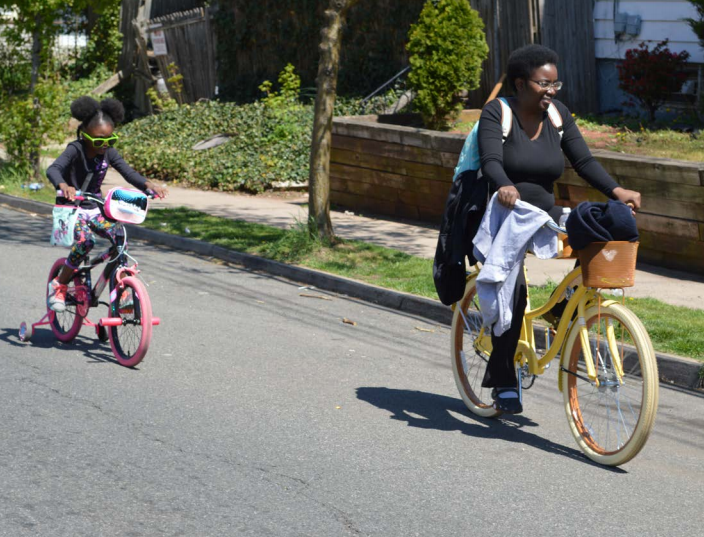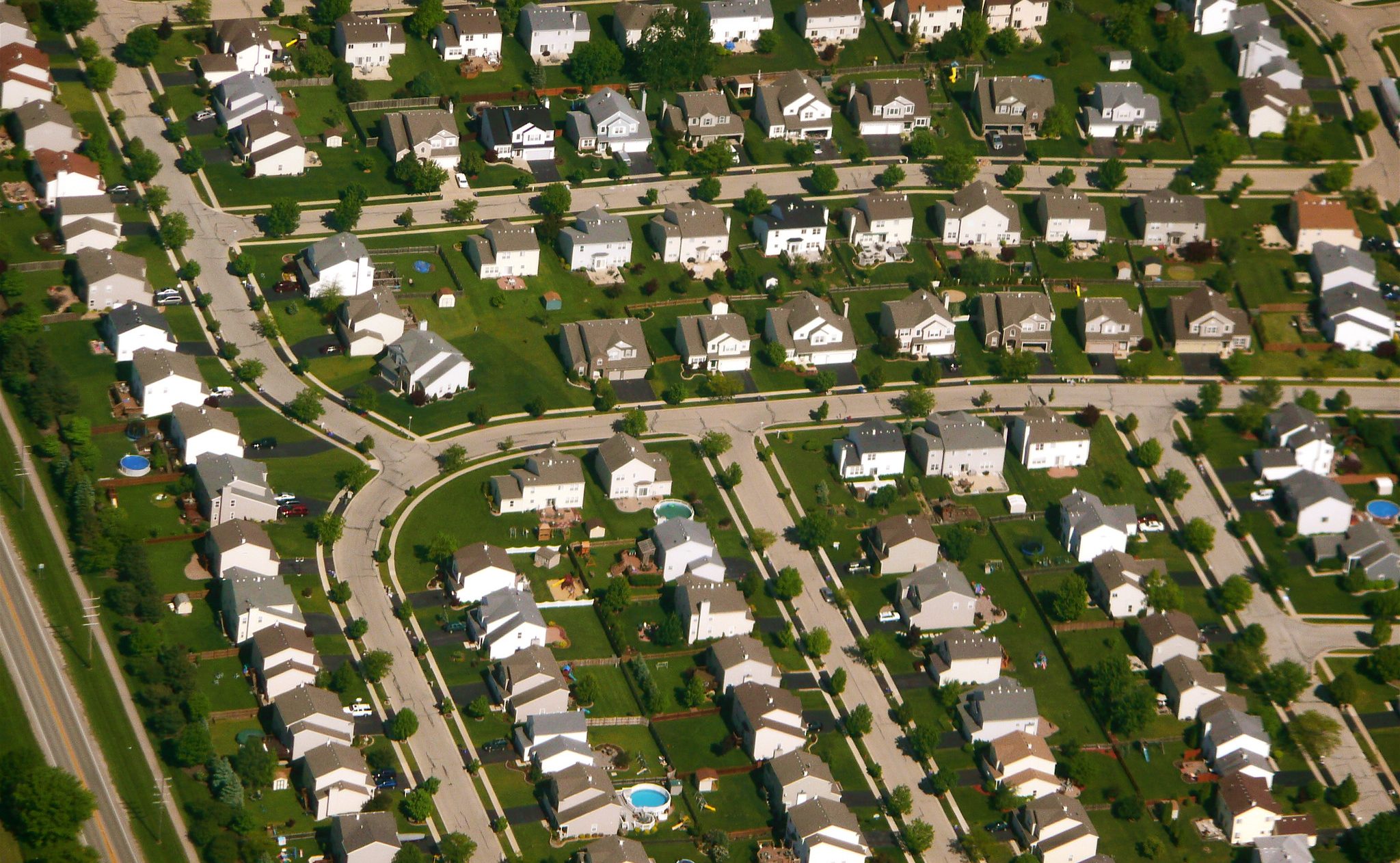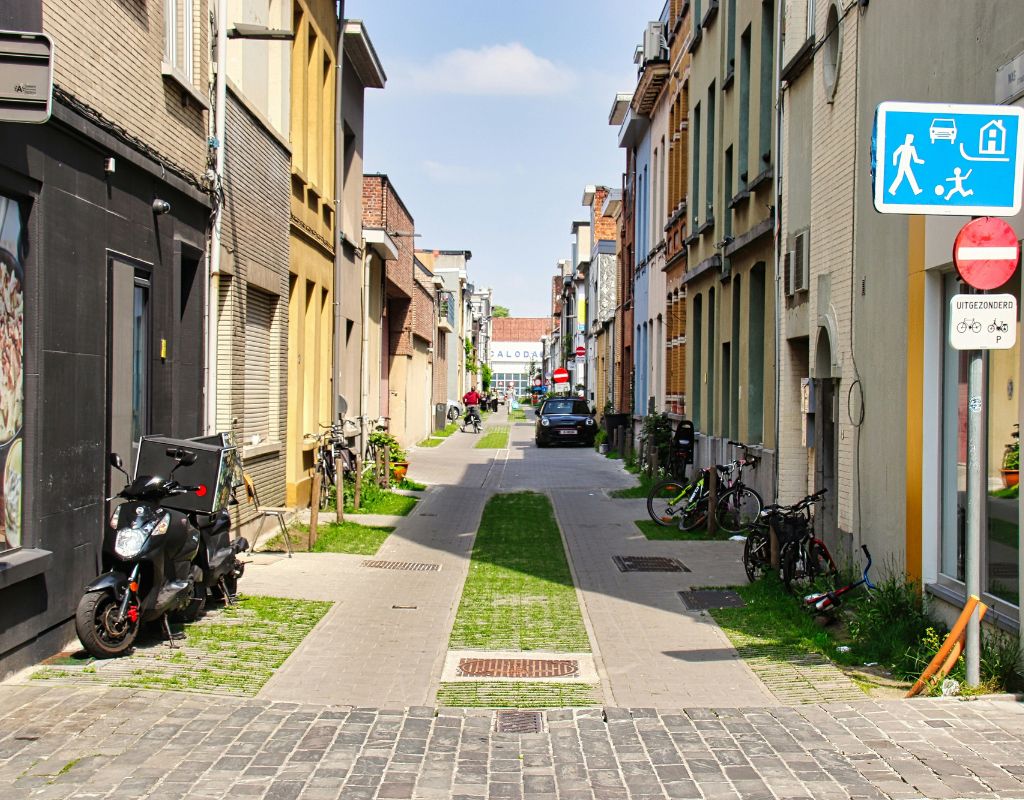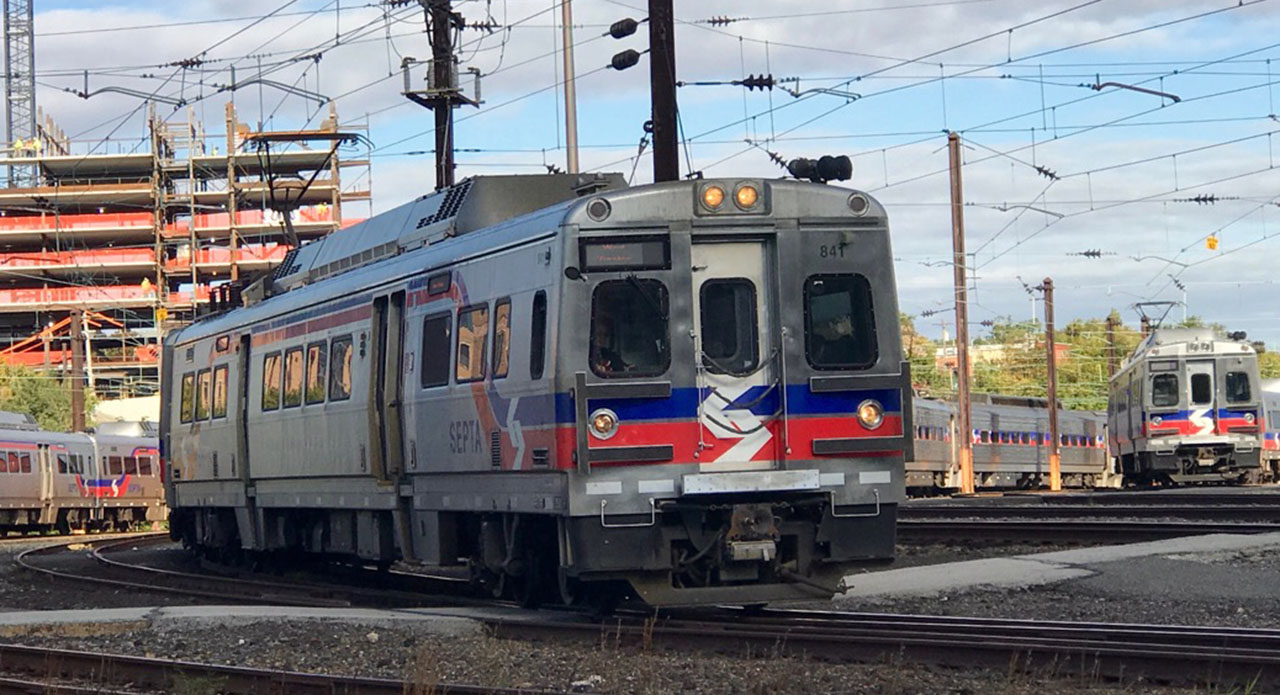What do women really want? A safe place to bike, according to a new survey.
Research presented at the British academic conference Cycling & Society Annual Symposium [PDF] helps confirm that nearly everyone — but women especially — prefer to bike in facilities that are separated from vehicle traffic.
The findings are based on interviews with 940 British men and women, completed as part of a dissertation by Anna Watt at the University of Birmingham. The results indicated a clear preference for trails — off-road routes through parks — over any other type of infrastructure. But women preferred them even more strongly. The second choice for both men and women was curb protected bike lanes.
Both men and women said safety was their top concern when it came to cycling. But after that, opinions varied, with men placing more importance on directness of bike routes and women willing to accept bigger detours in the name of safety.
Infrastructure preferences varied with cyclists' experience. Both men and women non-cyclists strongly preferred off-street infrastructure. Bicyclists with a mid-level experience — especially men — showed stronger preferences for on-road infrastructure. Among the most-experienced cyclists, women still showed a preference for the off-road infrastructure, Watts found.
For practitioners, she told Streetsblog, that means "experience, training and type of cycling don't affect preferences, so there is a limit to which behavioral interventions can go before the infrastructure is required."
Women were also slightly less likely to wear a helmet every time they road a bike. And were more likely to say they wished they did not have to wear one (20 percent, versus 14 percent of men).
Watt's study is certainly not the first time that women's safety concerns have been shown to play a role in the persistent "gender gap" in cycling. But there is also evidence that education can also close the gap.






